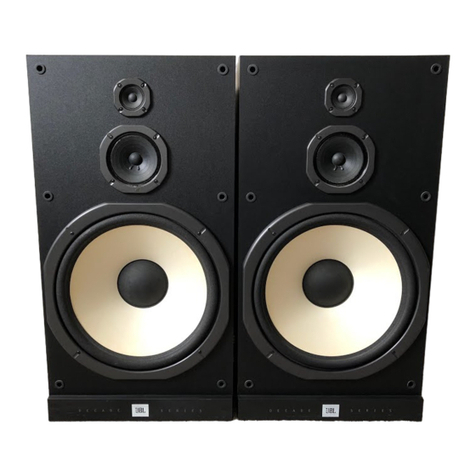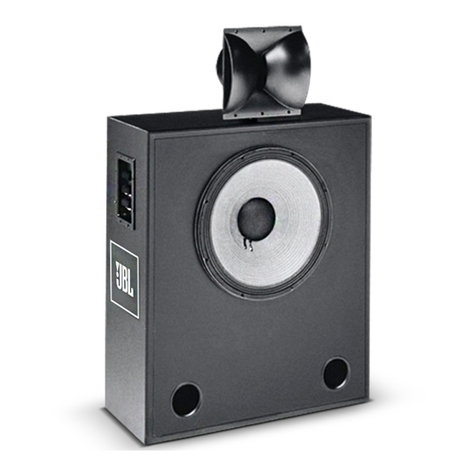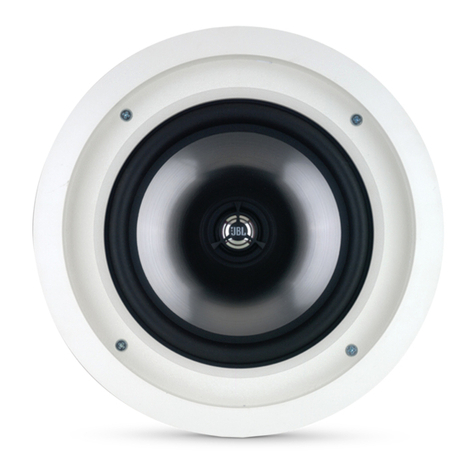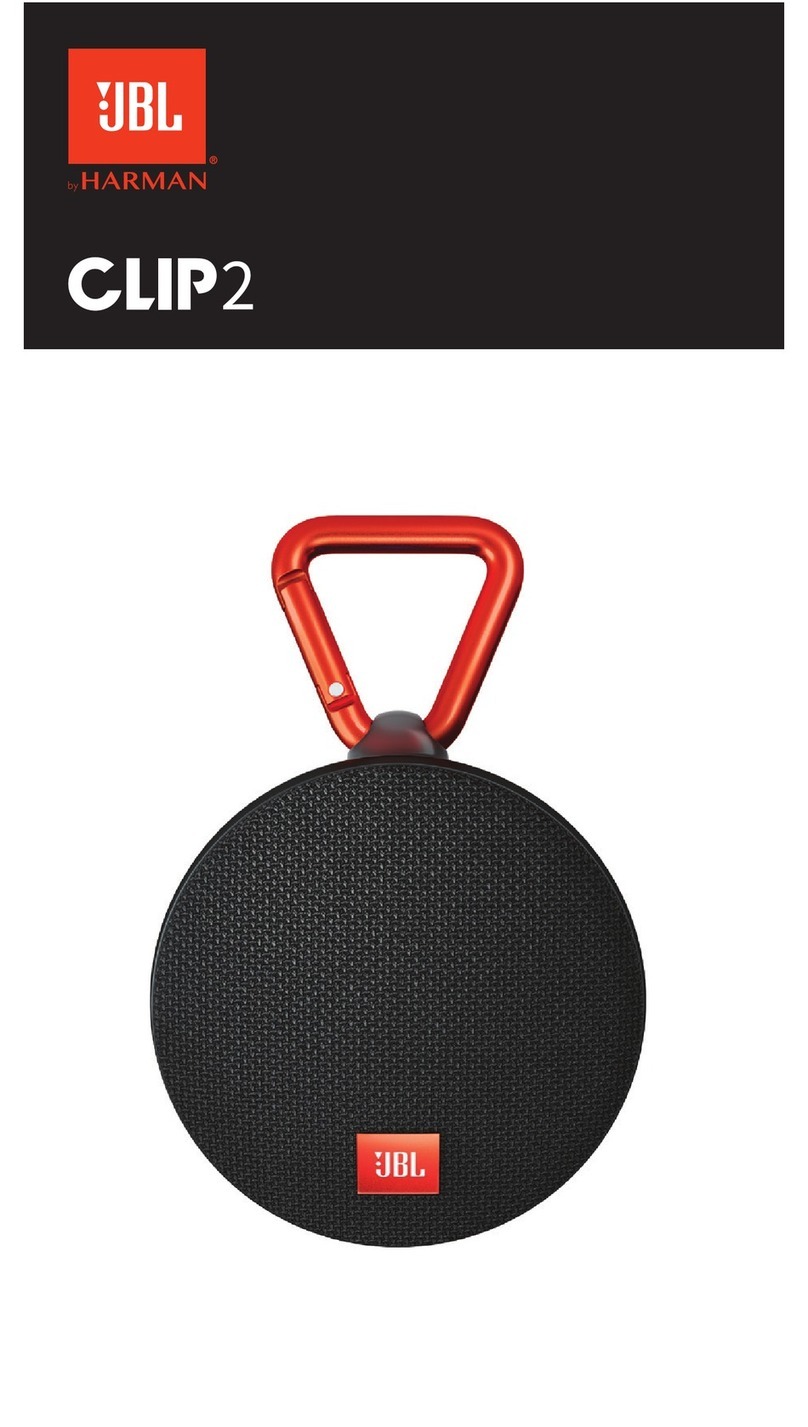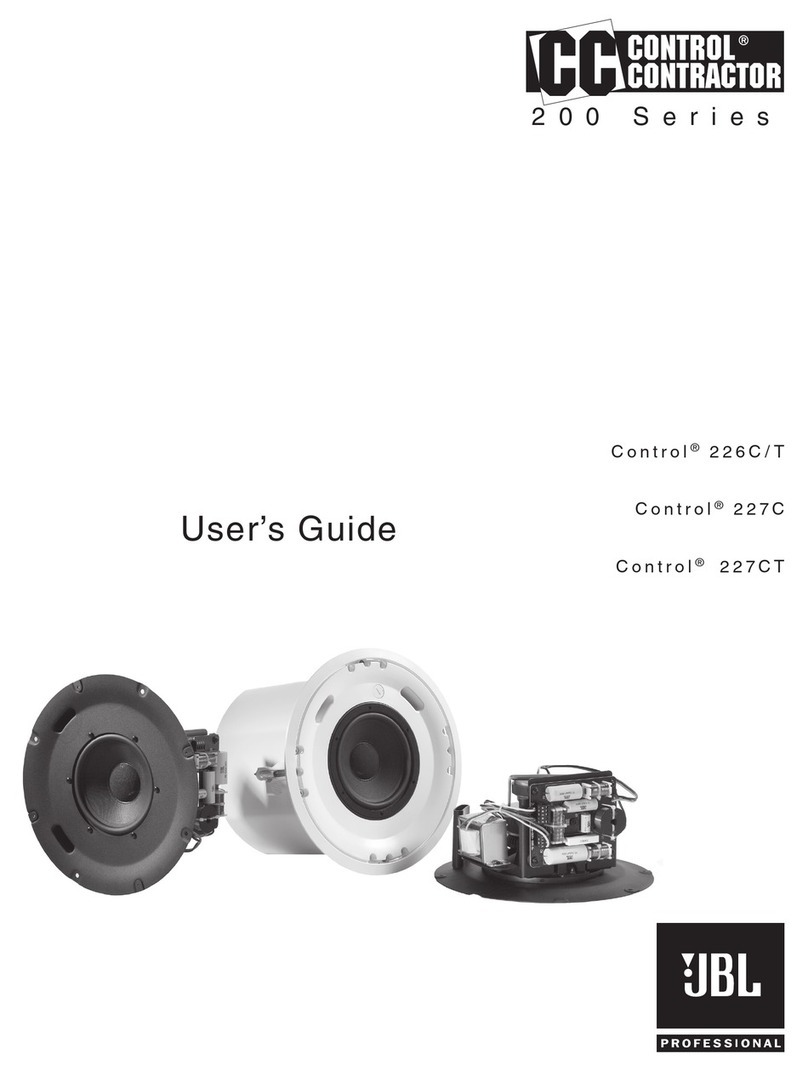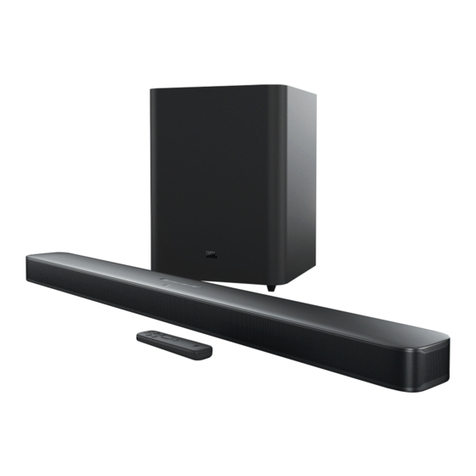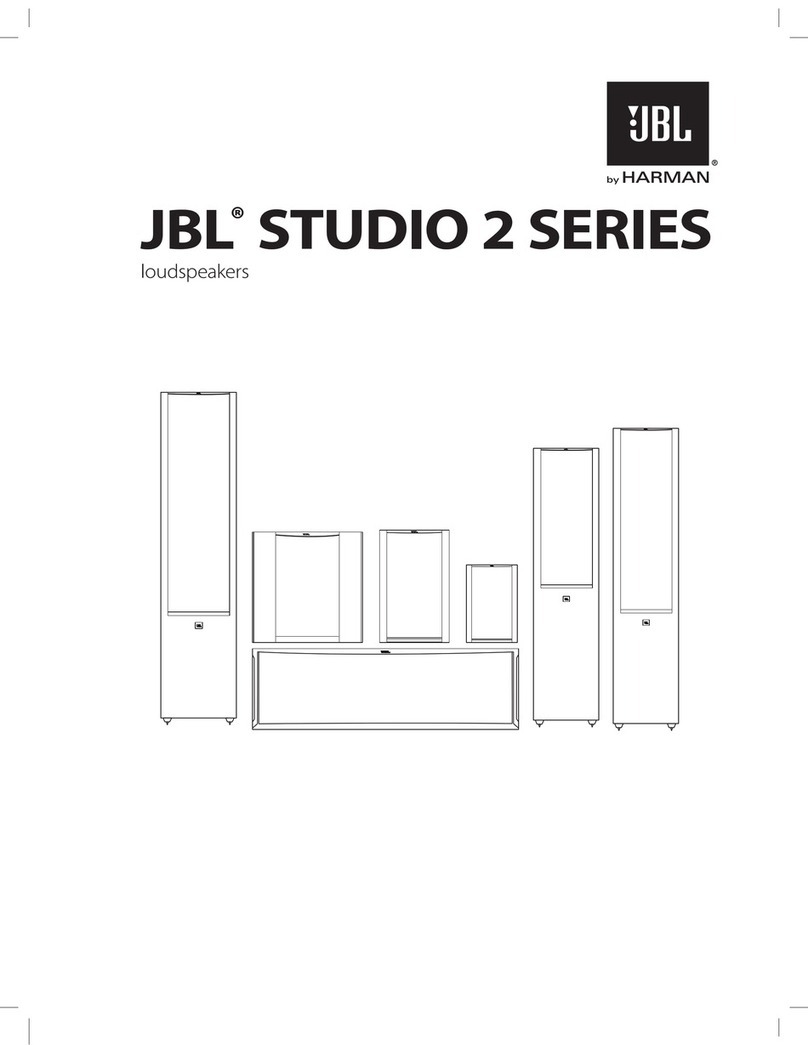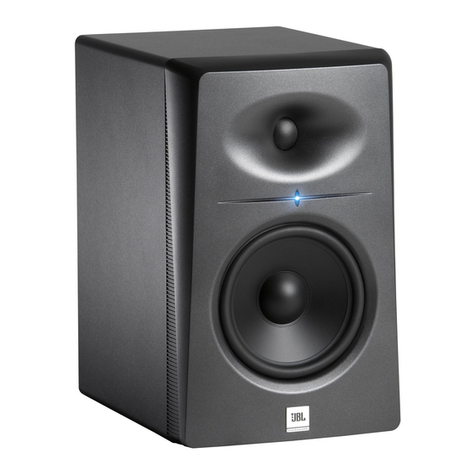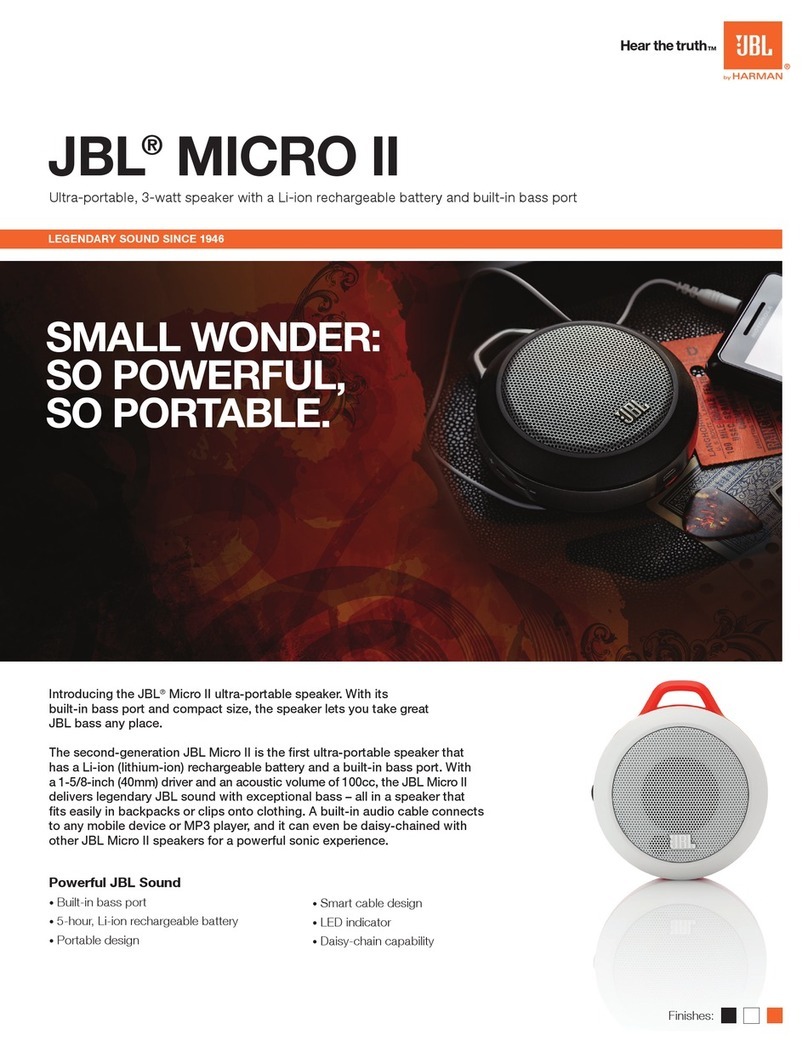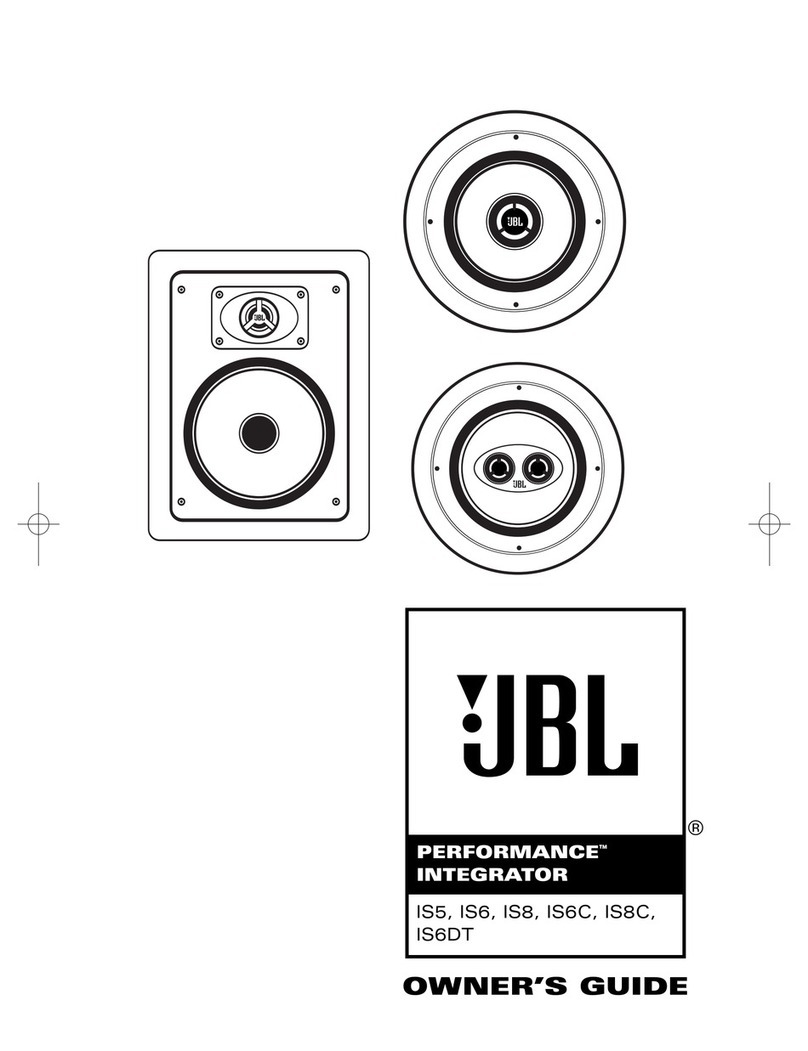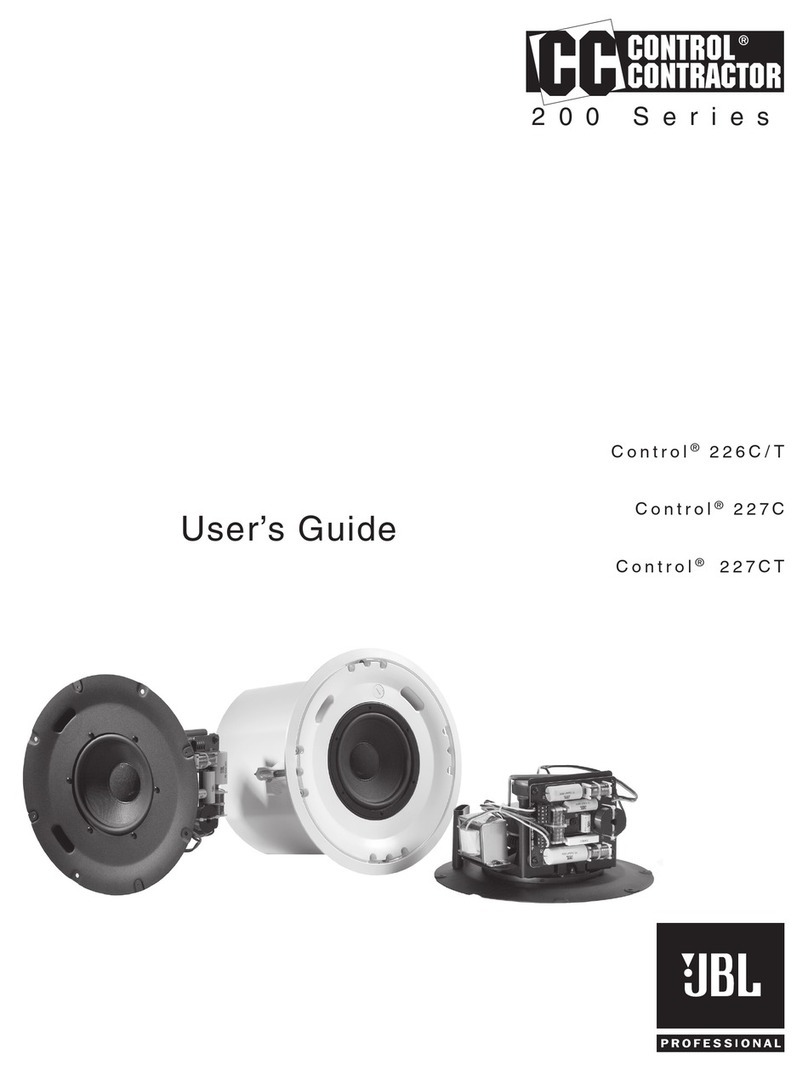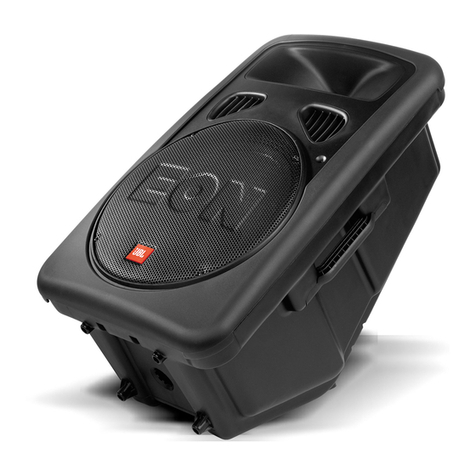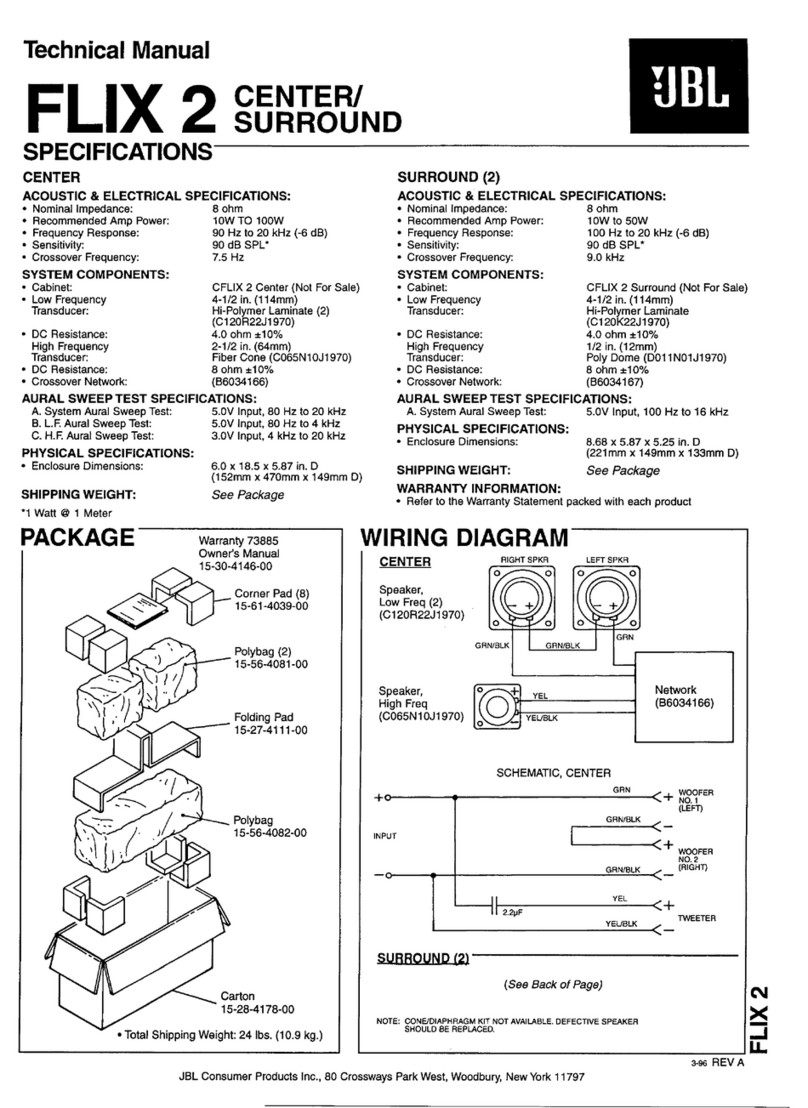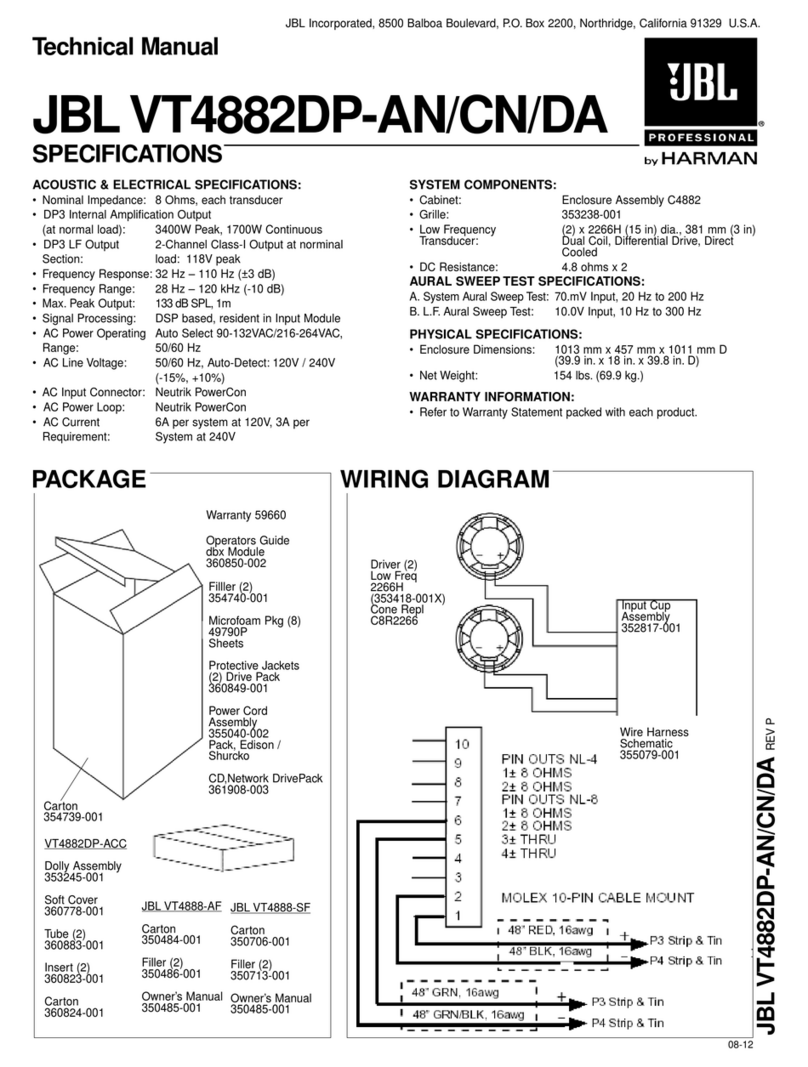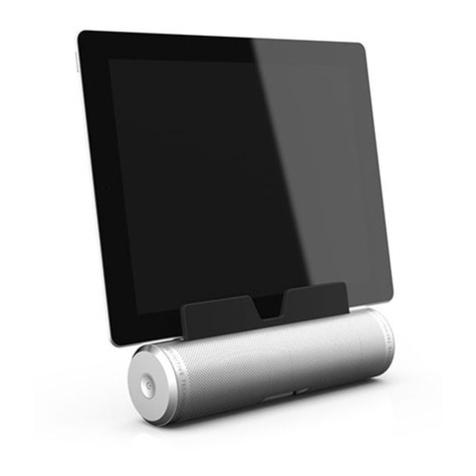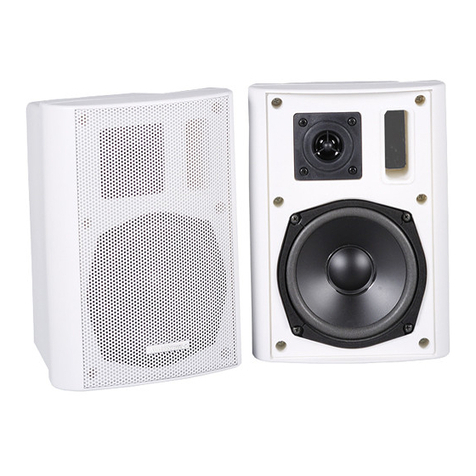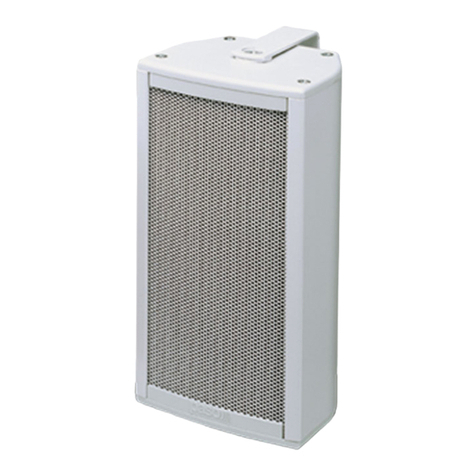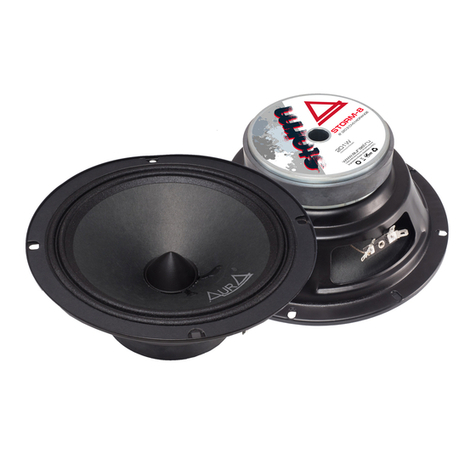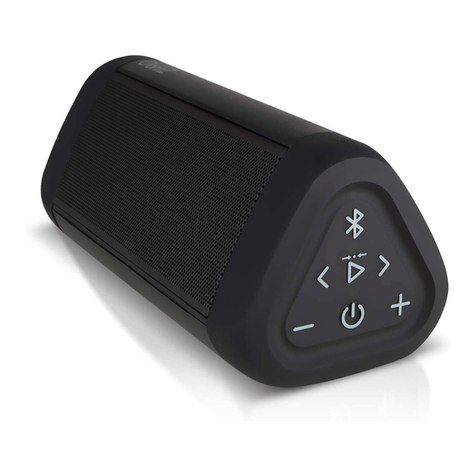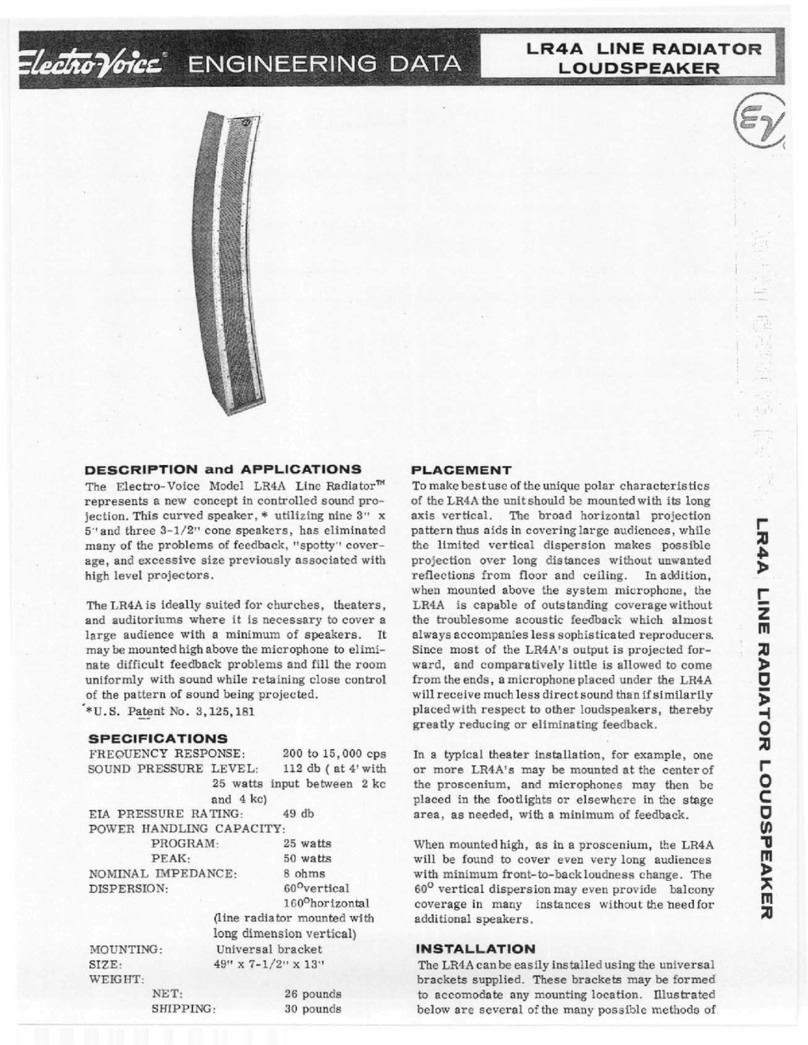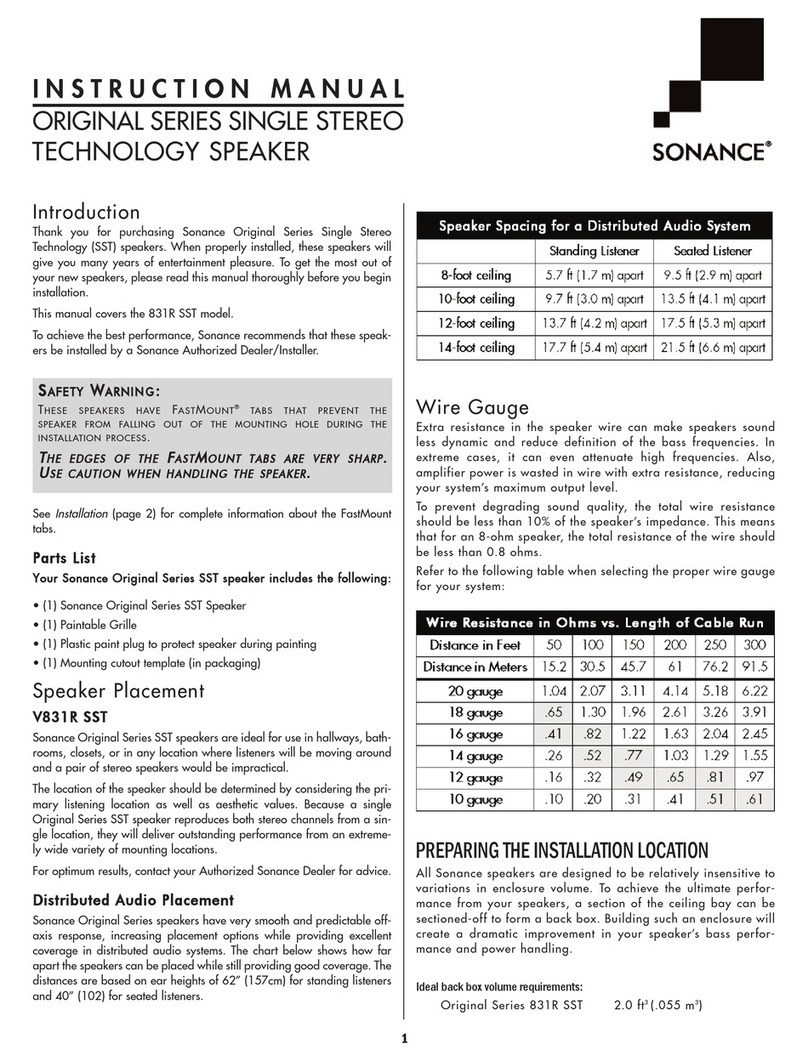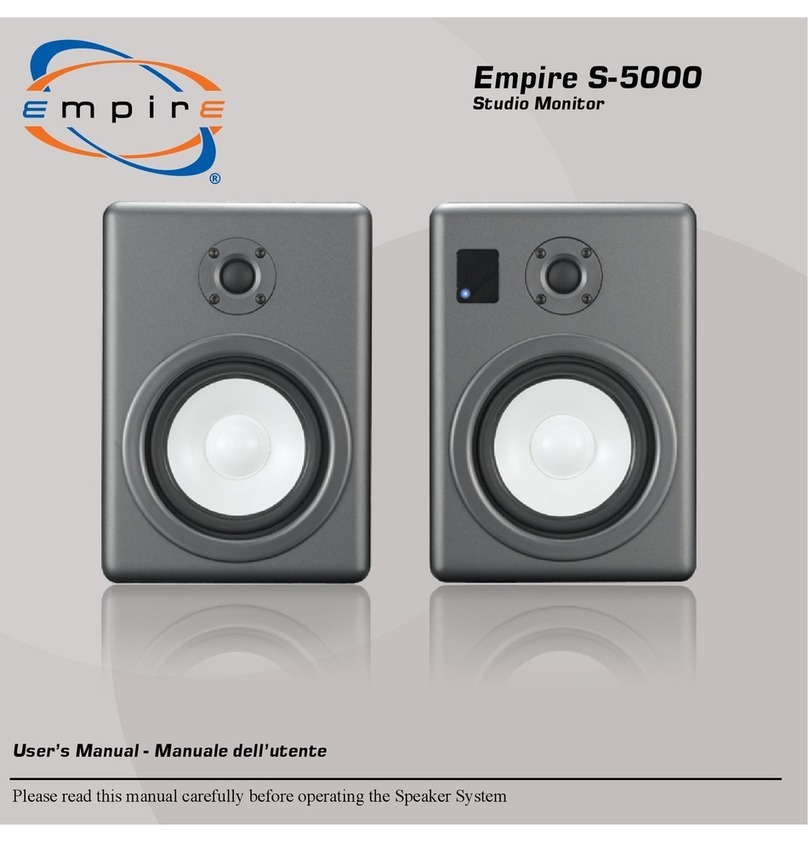
Figure 4:
C-Bracket
and
Tile Rail
Positioning on Ceiling Tile
Tile Rails: The tile rails are designed to fit either standard 24-inch wide tiles
or
600-mm wide tiles. The tile
rail pieces do
NOT
physically attach to the T-grid struts. Instead, the inverted-V shape at the ends
of
the rails
sit OVERthe T-grid strut. During normal operation, the rails are supported
by
the edge
of
the tile.
In
the
unlikely even that the tile comes out or falls apart, the ends
of
the supportrails are designed
to
catch onto the
T-grid, providing secure support to hold the loudspeaker assembly in place.
Vibration Reduction: These loudspeakers can generate substantial vibration, which can cause buzzing
of
the
ceiling materials
or
structure. Depending on the character
of
the ceiling tile and structure, the installer might
need to place neoprene
or
other dampening material under the tile rails
or
the edges
of
the tiles to eliminate
rattles.
Cutout Placement: The tile rails are pre-punched with attachment holes along their length. Placement is not
limited to the center
of
the tile as
is
the case with many other tile rail support systems.
Non-Suspended Ceiling
Types-
The C-bracket can be optionally used by itselfto shore
up the ceiling material and to spread out the clamping force from the tab clamps. Insert
the C-plate through the cut hole in the ceiling and place it
on
the back side
of
the hole
before inserting the speaker.
Step 3 -Connect the Wiring to the Removable Locking
Connector-
Connect the
wiring to the removable locking connector that is INCLUDED with the speaker by stripping
the insulation back about 5 mm (about 3/
16
inch), inserting the bare end
of
wire into the
connector and screwing down the hold-down screw until tight using a small flatblade
screwdriver. Tighten any unused screws to avoid vibration.
Figure
5:
Connecting Wires to
Removeable Locking Connector
7


